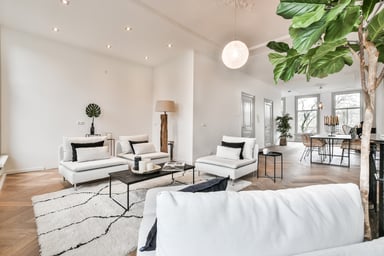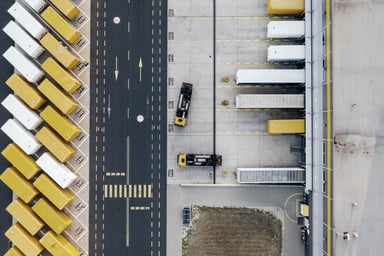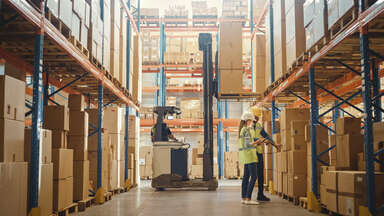
LEED Energy Certificate: The Green Future of Commercial Real Estate
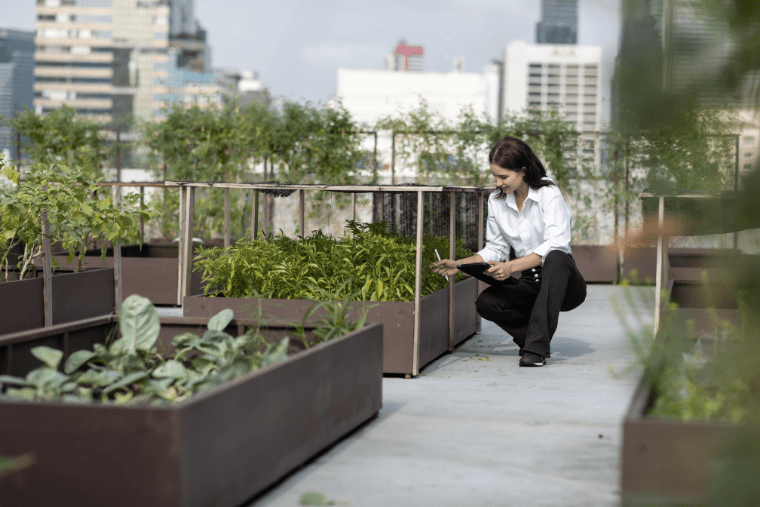
If we look at a LEED building through the eyes of the developer, the tenant and the everyday person who works in it, what makes it interesting? Why are green buildings the future of construction? And can a green building on a green field achieve the highest LEED Platinum certification?
Why is LEED so attractive?
The question might be, “Why is LEED important to the future of commercial buildings?” Let's look at it through the eyes of different interest groups and individuals.
The tenant's eyes are fixed on the accounts. In them, he is primarily looking for a reduction in the energy and operating costs of the building, and thus also the entire rent. Although the rent may be higher initially, the company will save money in the long run. Tenants, i.e. companies in office buildings, are also employers. The BCO Guide study shows that in green, i.e. certified administrative real estate, labor productivity increased by 25 to 30%. With hundreds of employees, it will certainly improve the year-end balance sheet.
Having an office in a certified building is an excellent prerequisite for employer branding. According to several surveys and experiences of the real estate consulting company CBRE, the company's approach to the environment and to people is important for your future employees when choosing an employer. Generation Z, in particular, is sensitive to high standards in the field of air conditioning, daylight access and greenery in the building. The LEED certificate can thus tip the scales in your favor when attracting new talent.
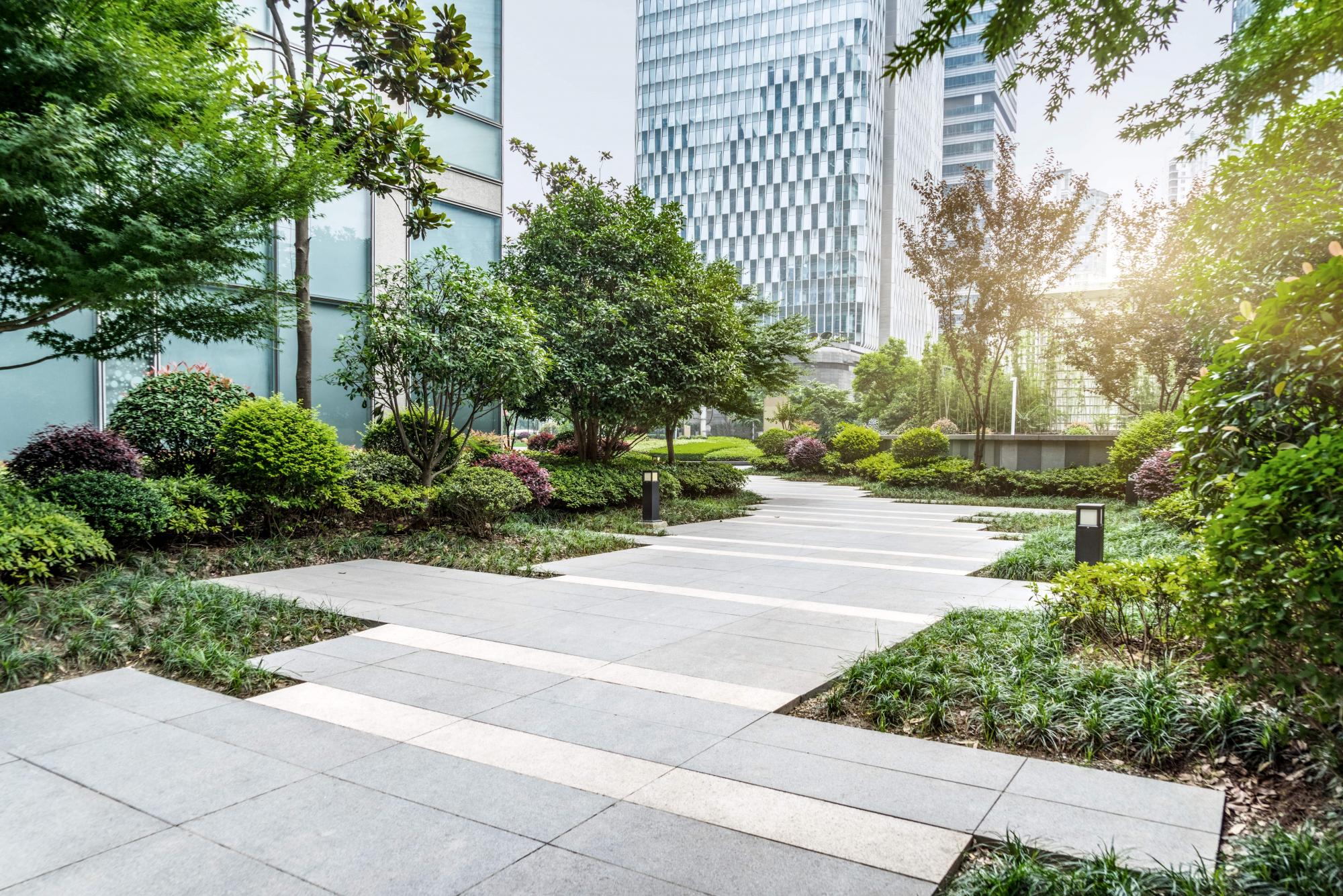
From a developer's perspective, LEED has the advantage of setting the same requirements for buildings anywhere in the world. By the way, globally, the largest increase in certified buildings is precisely with the LEED scheme. A potential foreign investor or buyer is thus sure that he is not buying a cat in a bag, but a valuable real estate. Thus, the certificate increases the value of the building compared to others without certification. At the same time, he can - as we mentioned - ask for a higher rent.
Finally, from the point of view of the people who live or work there, the health of body and spirit is important. Because LEED takes into account not only sustainability, but also the quality of the internal environment and people's needs more strictly than other similar certificates. For example, unlike the BREEAM certification, the LEED energy certificate requires that smoking is prohibited throughout the building and at least eight meters from its opening windows or ventilation system intakes. Leadership Energy & Environmental Design was founded in 1998 by the US Green Building Council (USGBC).
What does LEED take into account?
The LEED certification process corresponds to its quality and credibility on an international scale. In practice, auditors can assess the building as follows:
- during its creation, i.e. during construction (New Construction or Core&Shell)
- in the operation and management of the building (Existing Building: Operation and Maintenance EB:OM)
- or perhaps only the furnishing of rental premises (Commercial Interiors) can be certified.
Accredited consultants check a number of elements and award credits for them. The maximum that can be earned is 100 credits and 10 premium points. Categories that are evaluated are, for example, sustainable location, mentioned materials and resources, innovations in building design or drinking water management. From the people's point of view, parameters such as the quality of the indoor environment, air exchange, views from the windows and access to daylight are monitored.

"For example, for using materials from the region, i.e. for saved CO2, the developer can get 2 points. If the builder recycles construction waste that would otherwise end up in a landfill, he can get 2 points from the auditors. Drinking water consumption must be reduced by at least 20% compared to normal buildings and the standard, otherwise the developer cannot even think about LEED."
For example, the Einpark Offices building, which has LEED Platinum, has, among other things, retention tanks that prevent rainwater from flowing into the sewers in the event of torrential rains, and partly also a vegetation, i.e. green roof. As for air-conditioning, the building has a gentle way of producing heat and cold using a heat pump based on the water-water principle. It uses underground water for this. The air flow is set at 50 m3/person per hour, while the current standard is 30 m2/person per hour.

If it is a finished building, auditors are also interested in pollutants in furniture and carpets. Some categories also have minimum requirements. If the building does not meet them, it cannot even strive to obtain LEED.
For example, how many credits can an office building receive?
Buildings that want to receive LEED often grow on the sites of abandoned campuses in cities, the so-called brownfields. Why? Well, the reason is the effective use of materials that were already there and the gain of credits to the good. However, it is necessary to emphasize that before awarding the certificate, accredited professionals will examine the composition of building materials in detail. This mainly concerns the content of harmful substances, for example, in glues or coatings.
LEED certification has different levels based on the number of credits earned. Specifically Certified (40-49 credits), Silver (50-59), Gold (60-79) and Platinum (over 80 credits). To achieve the highest goal, i.e. Platinum, the building is usually located in an already standing development and/or on some brownfield. It is seamlessly connected to public transport, accessible by bicycle and also has underground parking lots and electric chargers. Therefore, commercial buildings built on greenfields rarely get Platinum, because they did not use the material from the original construction and "occupied" the new space. And this is also the answer to the question from the beginning of the article.
Where can I find LEED-certified buildings in Slovakia?
The first green office building is BBC1 Plus. It has LEED CS 2009 at the Gold level and is located in Bratislava, just like UNIQ Staromestská, where CBRE is located. Or the new building The Mill, in which the developer and the absolute winner of OFFICE ROKA 2023, Immocap, have offices. The Mill is LEED Gold certified. In Žilina, the Poštová Offices administrative building of the developer Reinoo has a LEED CS v4 certificate, and in Košice, Business Center T2, which was implemented by Penta Real Estate, can boast LEED CS 2009 certification at the Gold level.
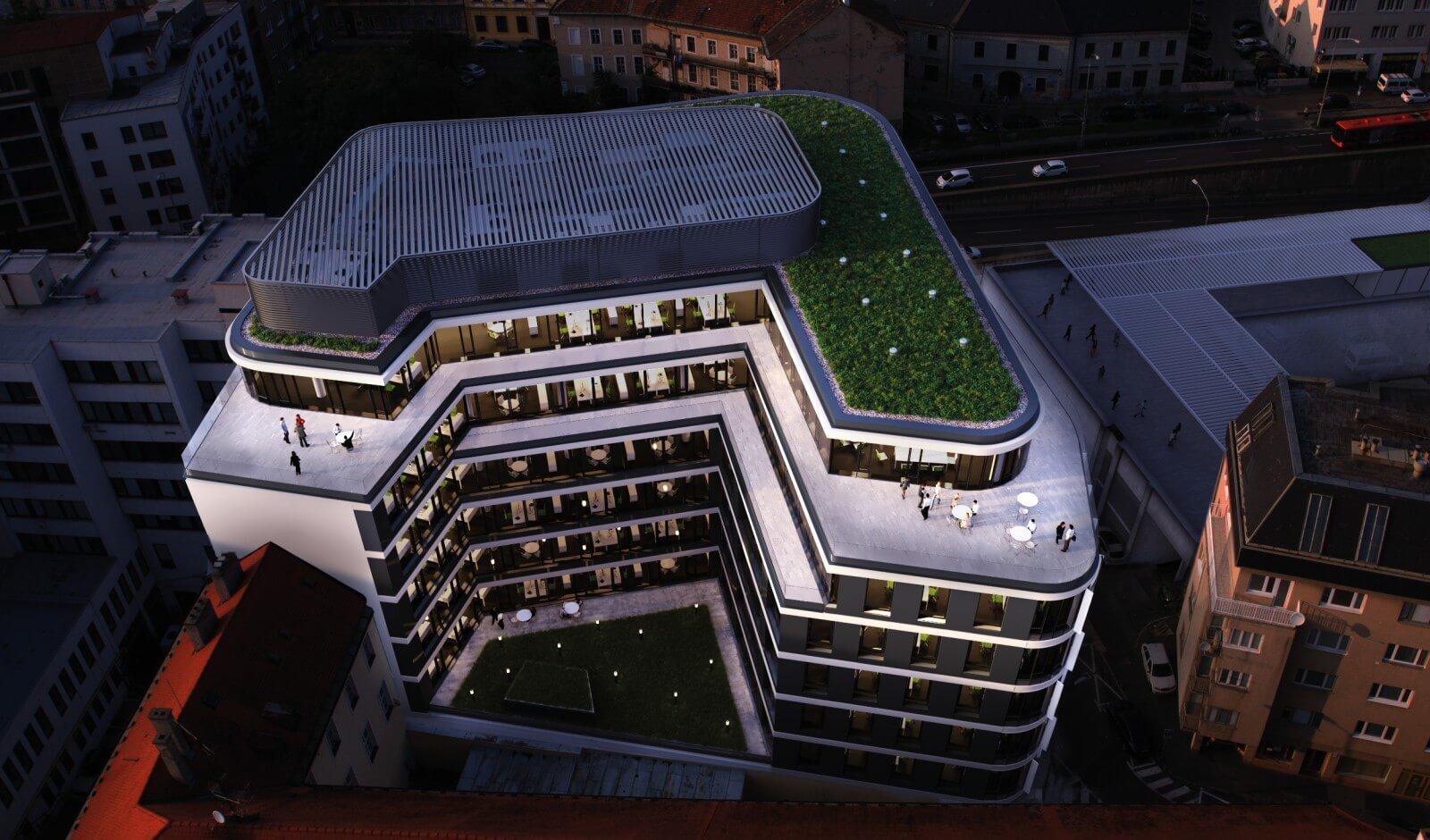
They are all buildings that stand in the city and not somewhere on its outskirts. There you also have to look for a building that has reached the highest level, i.e. LEED Platinum. It is owned by Einpark Offices of developer Corwin as the first building in Slovakia. It was thus ranked among the TOP 1% of the most sustainable buildings in the world.
Siamese twins: Green future and real estate
Considering that buildings are responsible for a significant part of CO2 emissions, the construction of certified buildings is part of the fulfillment of global milestones in reducing the carbon footprint. And generally in environmental protection. For these reasons, developers and owners of commercial real estate also have new obligations. It summarizes them under the well-known acronym ESG. They serve to evaluate and measure the sustainability and social responsibility of companies. Sustainable and responsible construction and management of commercial buildings, confirmed by the trusted LEED energy certificate, thus becomes part of the solution to their green future.
Are you interested in green buildings that meet the highest sustainability standards? Discover our office spaces with ESG certification, which are not only environmentally friendly, but also beneficial for your business. Contact us and see for yourself.
